How to Identify Various Fabric Compositions?
How to Identify Various Fabric Compositions?
Understanding common fabric compositions in the market helps you better manage your apparel business.
Fabrics can be classified in three ways:
By composition: For example, 90% wool, 85% polyester, etc., as typically labeled on clothing tags.
By fabric structure: Such as plain weave, twill weave, jacquard, etc.
By weaving method: Divided into knitted and woven fabrics.
This article focuses on common fabric compositions, categorized into natural fibers and chemical fibers, to help you select appropriate materials based on their properties.
I. Natural Fibers
1. Cotton
Cotton is the most common natural fiber, derived from cotton plants.
Varieties:
Upland Cotton: About 28mm long, moderate fineness, strong, used for woven/knitted products like shirts, underwear, and bedsheets.
Long-Staple Cotton: 8mm longer than upland cotton, finer and stronger, used for high-end textiles (e.g., luxury shirts, formalwear).
Combed Cotton: Short fibers are removed, leaving longer, aligned fibers for durability, smoothness, and breathability.
Mercerized Cotton: Treated with lye for enhanced luster, softness, strength, and moisture-wicking properties.
Advantages:
Comfort: Breathable and moisture-absorbent.
Softness: Gentle on skin, hypoallergenic.
Dyeability: Vibrant colors.
Durability: Moderate strength and abrasion resistance.
Disadvantages:
Poor elasticity: Prone to wrinkles.
High shrinkage: Requires careful washing.
Susceptible to mildew: Avoid damp environments.
2. Silk
(1) Mulberry Silk
Derived from silkworms fed mulberry leaves, labeled as "mulberry silk" on tags.
Advantages:
Luxurious feel: Smooth, hypoallergenic, breathable, and moisture-retentive.
Natural luster: Elegant appearance.
Anti-static: Safe for sensitive skin.
Insulating: Traps heat effectively.
Disadvantages:
Wrinkles easily: Requires careful storage.
Low durability: Prone to wear and friction damage.
High maintenance: Sensitive to sunlight, humidity, and heat.
Applications:
Formalwear: Suits, dresses, blouses.
Home textiles: Bedding, curtains, cushions.
(2) Tussah Silk
From wild silkworms, naturally yellowish, shorter, and coarser. Often bleached.
Advantages:
Durable: Strong and abrasion-resistant.
Moisture-wicking: Keeps skin dry.
Insulating: Traps air for warmth.
Antibacterial: Naturally resists mold and odors.
Disadvantages:
Rough texture: Less smooth than mulberry silk.
Limited color: Requires bleaching.
Wrinkles easily: Needs frequent ironing.
Applications:
Outerwear: Jackets, coats.
Sportswear: Breathable and sweat-wicking.
Home textiles: Durable curtains, upholstery.
3. Linen
A plant-based fiber from flax, ramie, or jute, known as the "Queen of Natural Fibers."
Advantages:
Comfort: Soft and breathable.
Eco-friendly: Grows quickly without pesticides.
Durable: High strength and abrasion resistance.
Moisture-wicking: Resists mildew.
Disadvantages:
Wrinkles easily: Requires steaming.
Delicate washing: Avoid high temperatures.
Limited color options: Natural hues dominate.
4. Wool
Soft, crimped fiber from sheep, offering elasticity, warmth, and moisture absorption.
Advantages:
Insulating: Traps heat via crimped structure.
Moisture management: Absorbs 35% weight in moisture.
Breathable: Air circulates between fibers.
Durable: Long-lasting and flame-resistant.
Wrinkle-resistant: Maintains shape.
5. Cashmere
A rare, fine undercoat from goats, representing 0.2% of global animal fiber production. Over 70% comes from China.
Advantages:
Luxury: Priced as "Fiber Gem" or "Soft Gold" (≥¥700/kg).
Softness: Exceptionally smooth and lightweight.
Luster: Silky sheen for elegant aesthetics.
Warmth: Ultra-fine fibers (15μm) trap air efficiently.
Comfort: Breathable, elastic, and moisture-wicking.
Note: Suspiciously low prices often indicate counterfeit or blended products.
II. Chemical Fibers
(I) Regenerated Fibers
-
Viscose
Viscose fiber is a regenerated cellulose fiber produced by chemically dissolving and purifying natural cellulose raw materials (e.g., wood, bamboo, cotton linter) followed by spinning, achieving "secondary regeneration" from plants to textiles. It belongs to the category of artificial fibers.
Advantages:
-
Soft and comfortable: Texture resembles natural cotton, with silk-like drape.
-
High hygroscopicity: Moisture absorption rate of 12%-14%, surpassing cotton (8%), ideal for summer or sportswear.
-
Breathability: Porous structure ensures excellent air permeability.
-
Dyeability: Easily dyed with vibrant colors and high color fastness.
-
Luster: Smooth surface provides aesthetic appeal.
-
Antistatic properties: High hygroscopicity minimizes static, suitable for intimate apparel.
Disadvantages
-
Low environmental friendliness: Production involves carbon disulfide, causing significant pollution.
-
Low wet strength: Strength drastically decreases when wet, leading to deformation or damage.
-
Poor abrasion resistance: Inferior to synthetic fibers (e.g., polyester), prone to pilling or wear.
-
Wrinkling: Low elasticity causes creasing during wear or washing, requiring frequent ironing.
-
Shrinkage: Susceptible to shrinkage when exposed to water.
-
Modal
Modal is a regenerated cellulose fiber derived from natural cellulose through chemical dissolution, purification, and spinning.
Advantages
-
Moisture-wicking and breathable: Rapid sweat absorption and dissipation, ideal for summer wear.
-
Soft and skin-friendly: Gentle texture suitable for sensitive skin, often used in undergarments.
-
Good elasticity: Allows freedom of movement for daily or athletic activities.
-
Easy care: Resistant to deformation and color fading.
Disadvantages
-
Wrinkling: Prone to creasing, necessitating regular ironing.
-
Low wet strength: Reduced durability when wet, unsuitable for high-strength applications.
-
Lyocell
A high-performance regenerated cellulose fiber made from natural wood pulp via eco-friendly chemical processing. Combines cotton-like comfort with enhanced sustainability.
Advantages
-
Eco-friendly: Plant-based, non-toxic solvent (recyclable), biodegradable.
-
Superior wearability: Soft as cotton, smooth as silk, breathable, and seasonally adaptable.
-
Functionality: Antistatic; some variants offer UV protection.
Disadvantages
-
Delicate handling: Susceptible to snags and holes.
-
Special care: Requires low-temperature handwashing, no sun exposure, and pH-neutral detergents.
-
Acetate Fiber
Produced by acetylating cellulose (from wood/cotton) with acetic anhydride, replacing hydroxyl groups with acetyl groups.
Advantages
-
Silky texture: Hypoallergenic and comfortable against skin.
-
High moisture absorption: Keeps skin cool by absorbing and releasing sweat.
-
Vibrant colors: Excellent dye retention and luster.
-
Easy maintenance: Machine-washable, wrinkle-resistant, and pilling-resistant.
Disadvantages
-
Low wet strength: Weakens when washed.
-
Limited elasticity: Moderate recovery despite outperforming viscose.
-
Poor abrasion resistance; prone to static buildup.
(II) Synthetic Fibers
-
Polyester
The most widely used synthetic fiber.
Advantages
-
Quick-drying: Common in sportswear.
-
High strength: 1x stronger than cotton, 3x stronger than wool.
-
Elasticity: Rapid recovery after stretching.
-
Wrinkle resistance: Minimal ironing needed.
-
Lightfastness: Retains strength under UV exposure.
-
Abrasion resistance: Superior to natural fibers.
Disadvantages
-
Low breathability: Traps heat and moisture.
-
Poor dyeability: Requires high-temperature dyeing with disperse dyes.
-
Nylon
The first synthetic fiber, ideal for outdoor gear.
Advantages
-
High strength: Resists wear and tear.
-
Wrinkle resistance: Low-maintenance.
-
Water resistance: Quick-drying for swimwear/rainwear.
Disadvantages
-
Low hygroscopicity: Poor moisture management.
-
Static-prone: Accumulates charge in dry conditions.
-
UV degradation: Weakens with prolonged sun exposure.
-
Acrylic
"Artificial wool," primarily used in winterwear for insulation (non-heat-generating).
Advantages
-
Thermal retention: 15% warmer than wool.
-
UV resistance: Loses <20% strength after 1-year sun exposure.
-
Acid resistance: Stable in acidic/organic environments.
-
High strength: 1-2.5x stronger than wool.
Disadvantages
-
Alkali sensitivity: Degrades in alkaline detergents.
-
Low moisture absorption: Less breathable.
-
Spandex
A hyperelastic "yoga master" fiber (5-8x stretchability).
Advantages
-
Elasticity: Rapid rebound with minimal fatigue.
-
Lightweight and soft: Adds comfort without bulk.
-
Blend compatibility: Enhances flexibility in mixed fabrics.
-
Improved fit: Ideal for form-fitting apparel.
Disadvantages
-
Heat sensitivity: Damaged by high-temperature washing/ironing.
-
UV vulnerability: Yellows and degrades in sunlight.
-
Low moisture absorption: Poor breathability when used alone.
Tags:

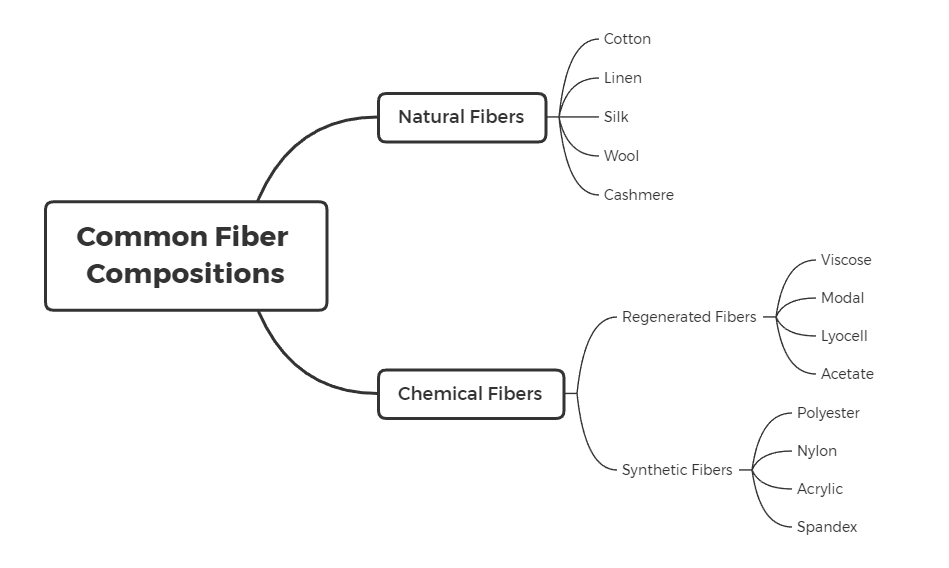

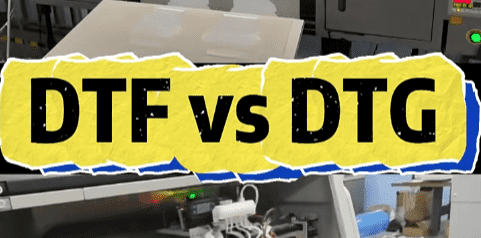
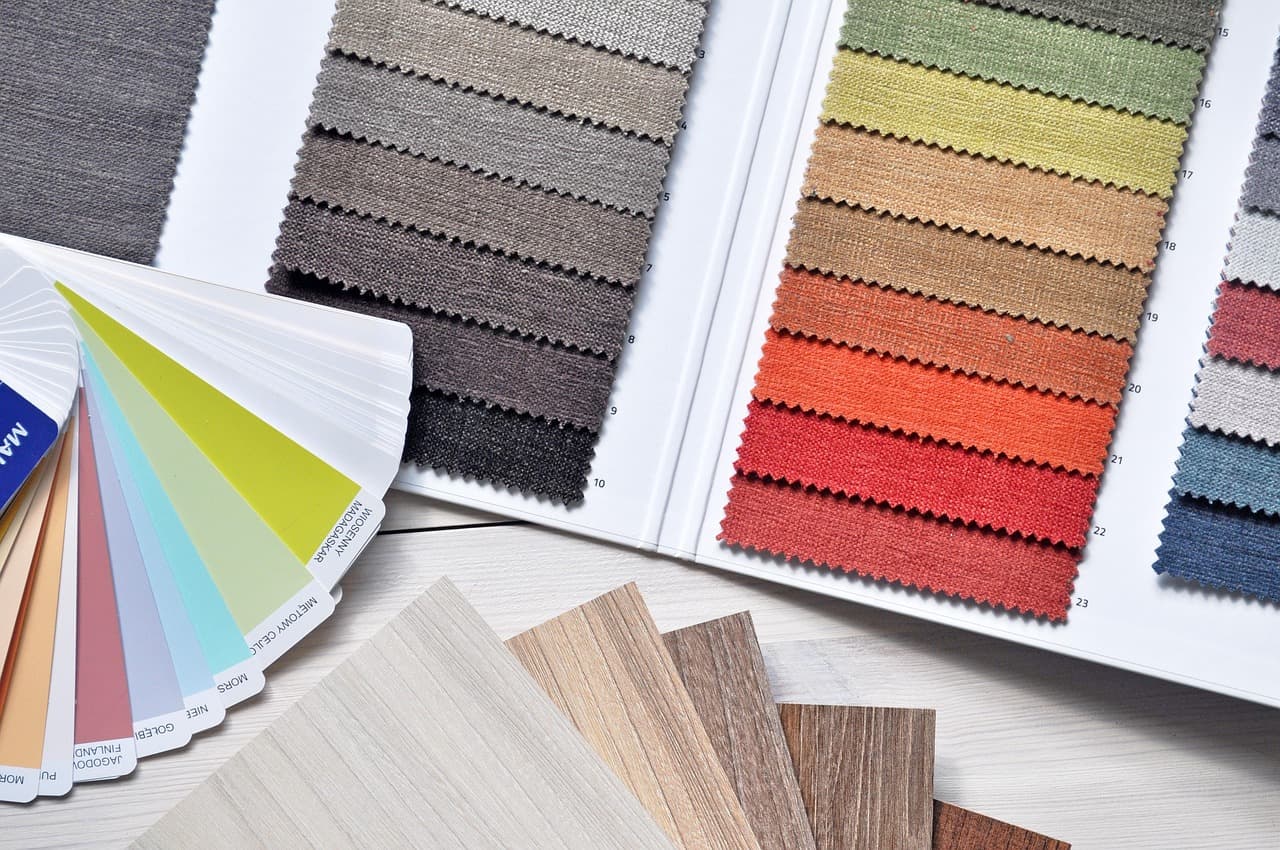
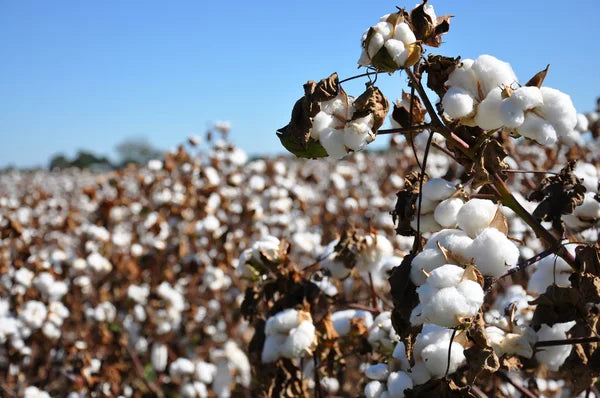
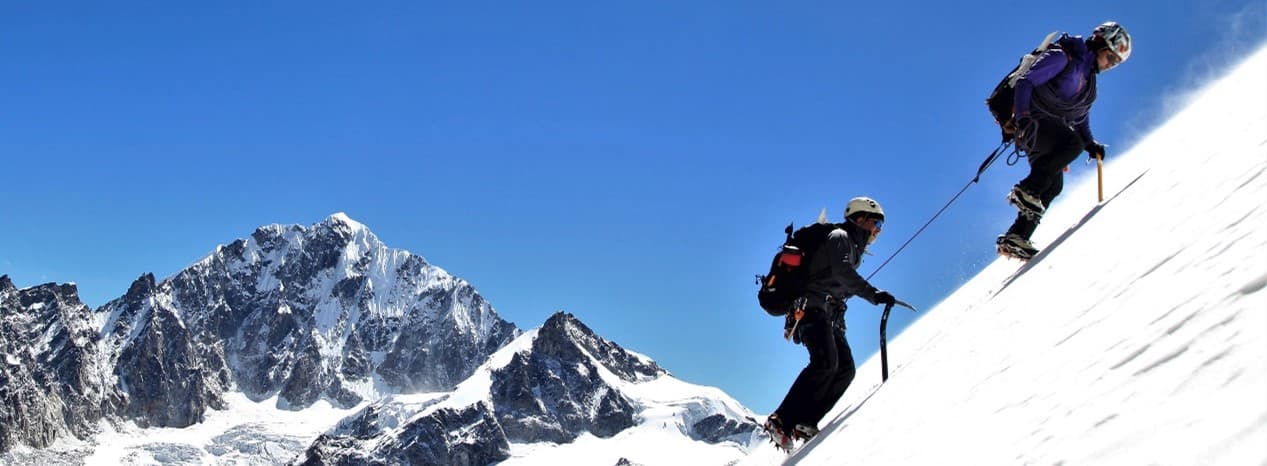
Leave a comment
Your email address will not be published.